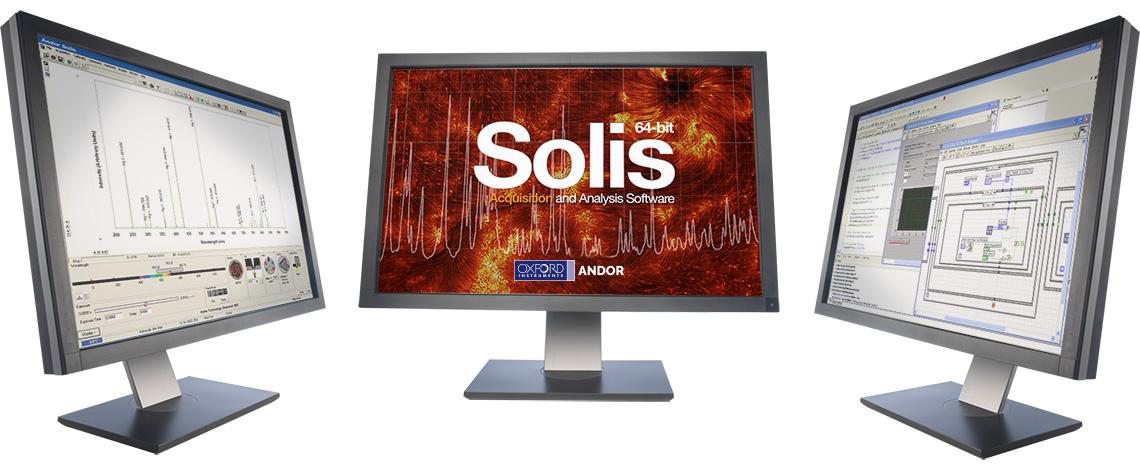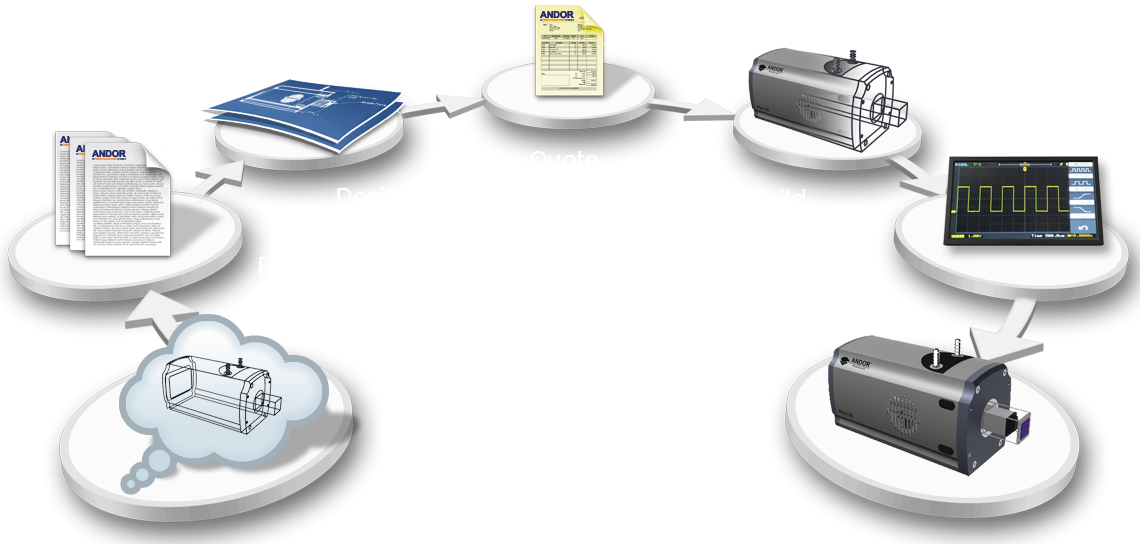Open-Front detection
- Spectroscopy & imaging formats
- High VUV/EUV/XUV sensitivity
- Large FOV up to 61.4 x 61.7 mm
- Deep TE-cooling to -100°C
- UHV compatibility
Andor offers a comprehensive portfolio of open fronted direct X-ray detection cameras stand-alone formats with Andor’s patented UltraVac™ technology. Andor also offers high throughput fibreoptic and lens coupled indirect detection solutions to meet every need.
Adaptable to large range of setups, high configurability, in-field upgradeable

Solis Acquisition Software - A 32-bit and fully 64-bit enabled application for Windows (7, 8, 8.1 and 10) offering rich functionality for data acquisition and processing.
Learn MoreSoftware Development Kit - Compatible as 32-bit and 64-bit libraries for Windows (7, 8, 8.1 and 10). Compatible with C/C++, C#, VB.NET, Matlab and LabVIEW for Windows/Linux
Learn MoreThird party Open Source platforms - EPICS and TANGO-LIMA are Open Source software platforms used for hardware control at a number of particle accelerators and large scientific instruments facilities worldwide. Supported Andor camera include CCDs and sCMOS on SDK2 / SDK3, Windows and/or Linux. Please refer to the links below for further information:
The CSR service is at the heart of the Andor ethos of offering high performance, high quality products and solution developments for each and every customer. Andor provide a bespoke service, whereby a dedicated, highly experienced team of engineers and application specialists provide customer specific solutions.


Get in touch with your local Andor representative to find out more about what our CSR can do for you and your project.
The Learning Centre hosts a wide range of technical articles and webinars on various applications and techniques. Below are some key articles that are related to cameras for x-ray, euv, electron and neutron detection for further reading: